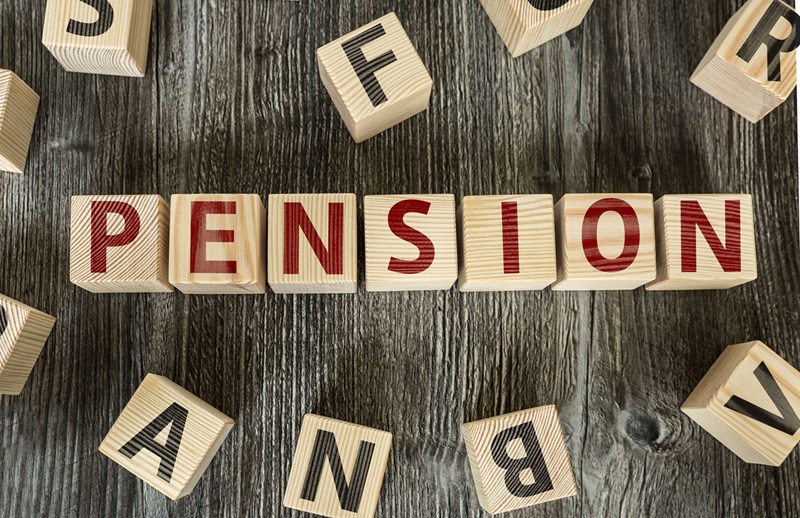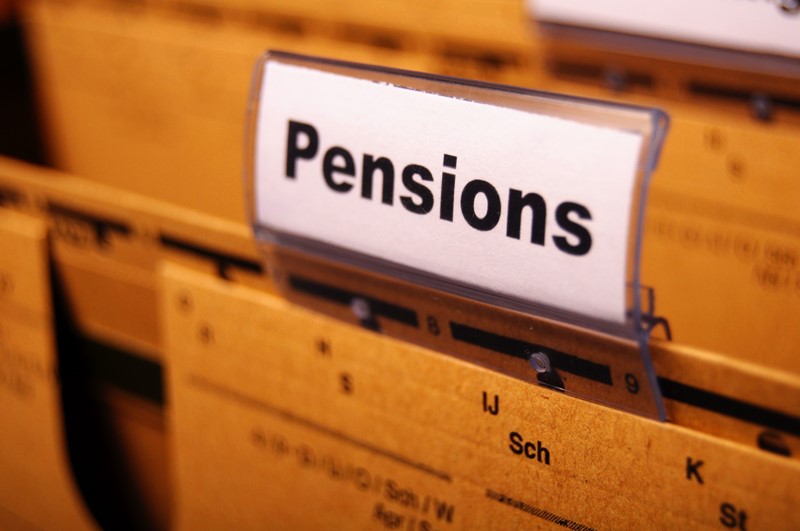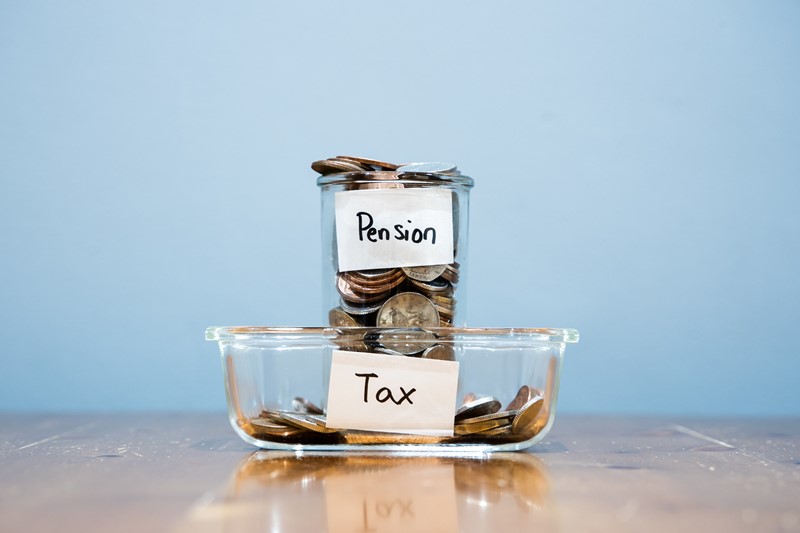Pension Credits can provide extra income to those over State Pension age and on a low income. The credits were first introduced in 2003 to help keep retired people out of poverty. There are two main parts to Pension Credit.
The first part is referred to as the ‘Guarantee Credit’.
Pension Credit can top up:
- your weekly income to £201.05 if you are single; and
- your joint weekly income to £306.85 if you have a partner.
If your income is higher, you might still be eligible for Pension Credit if you have a disability, you care for someone, you have savings or you have housing costs. Not all benefits are counted as income.
The second part of Pension Credit is referred to as the ‘Savings Credit’.
You could get the ‘Savings Credit’ part of Pension Credit if both of the following apply:
- you reached State Pension age before 6 April 2016; and
- you saved for retirement, for example a personal or workplace pension.
Recipients get up to £15.94 Savings Credit a week if they are single and up to £17.84 a week if they have a partner.
It is possible to qualify for one or both parts of the Pension Credit.
Recipients of Pension Credits will automatically get cold weather payments and are also eligible to apply for a free TV licence if they are aged 75 or over and to assist with NHS costs if they receive the ‘Guarantee Credit’ part of Pension Credit.












